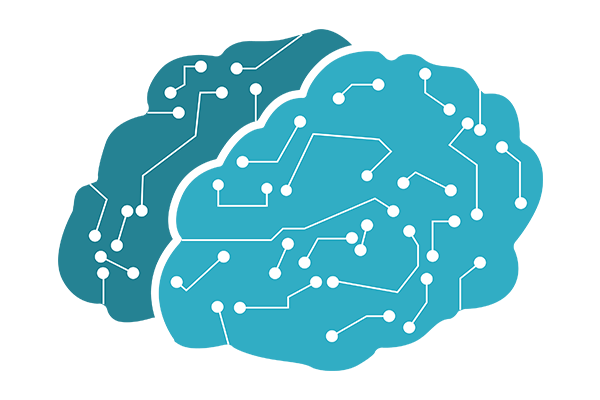I am certainly not an expert in this field, but I know a good thing when I see it. Predictive analytics is the branch of advanced analytics which is used to make predictions about unknown future events.
Predictive analytics brings together a vast array of tools and techniques to analyse current data to make predictions about the future. I will discuss some of these in later posts, but for now why do we want to use predictive analytics and how do we benefit from their use?
Predictive analytics allow organisations to become proactive, forward looking, anticipating outcomes and behaviours based upon the data and not on gut feeling, hunches or assumptions. Prescriptive analytics goes way further and suggest actions to benefit from the prediction, providing decision options to benefit from the predictions and implications.
The patterns found in historical and transactional data can be used to identify risks and opportunities for the future. Predictive analytics models capture relationships amongst many factors to assess risk with a particular set of conditions. By successfully applying predictive analytics the businesses can effectively interpret big data for their benefit.
Ok understand better now, so what next?
The Predictive Analytics Process
1.Define Project: Define the project outcomes, deliverables, scoping of the effort, business objectives, identify the datasets which are going to be used.
2.Data Collection: Data Mining for predictive analytics prepares data from multiple sources for analysis. This provides a complete view of the customer interactions.
3.Data Analysis: Data Analysis is the process of inspecting, cleansing, transforming, and modelling data with the objective of discovering useful information, arriving at conclusions.
4.Statistics: Statistical Analysis enables to validate the assumptions, hypotheses and test them with using standard statistical models.
5.Modelling: Predictive Modelling provides the ability to automatically create accurate predictive models about future. There are also options to choose the best solution with multi model evaluation.
6.Deployment: Predictive Model Deployment provides the option to deploy the analytical results into the every day decision making process to get results, reports and output by automating the decisions based on the modelling.
Ok,understand the process a bit now, but where can it be used?
1. Analytical customer relationship management (CRM).
Predictive analysis applications are used to achieve CRM objectives such as marketing campaigns, sales, and customer services. Analytical customer relationship management can be applied throughout the customers life cycle, right from acquisition, relationship growth, retention, and win back.
2. Health Care.
Predictive analysis applications in health care can determine the patients who are at the risk of developing certain conditions such as diabetes, asthma and other lifetime illnesses.
3. Collection Analytics.
Predictive analytics applications optimise the allocation of collection resources by identifying the effective collection agencies, contact strategies, legal actions to increase the recovery and also reducing the collection costs.
4. Cross-sell.
Predictive analytics applications analyse customers spending, usage and other behaviour, leading to efficient cross sales, or selling additional products to current customers for an organisation that offers multiple products
5.Fraud detection.
Predictive analytics applications can find inaccurate credit applications, fraudulent transactions both done offline and online, identity thefts and false insurance claims.
6.Risk management.
Predictive analytics applications predict the best portfolio to maximise return in capital asset pricing model and probabilistic risk assessment to yield accurate forecasts.
Industry Applications
Predictive analytics is used in insurance, banking, marketing, financial services, telecommunications, retail, travel, healthcare, pharmaceuticals, oil and gas, utilities and other industries.
That’s it the Predictive Analytics process in a nutshell. However, there is more to predictive analytics.
